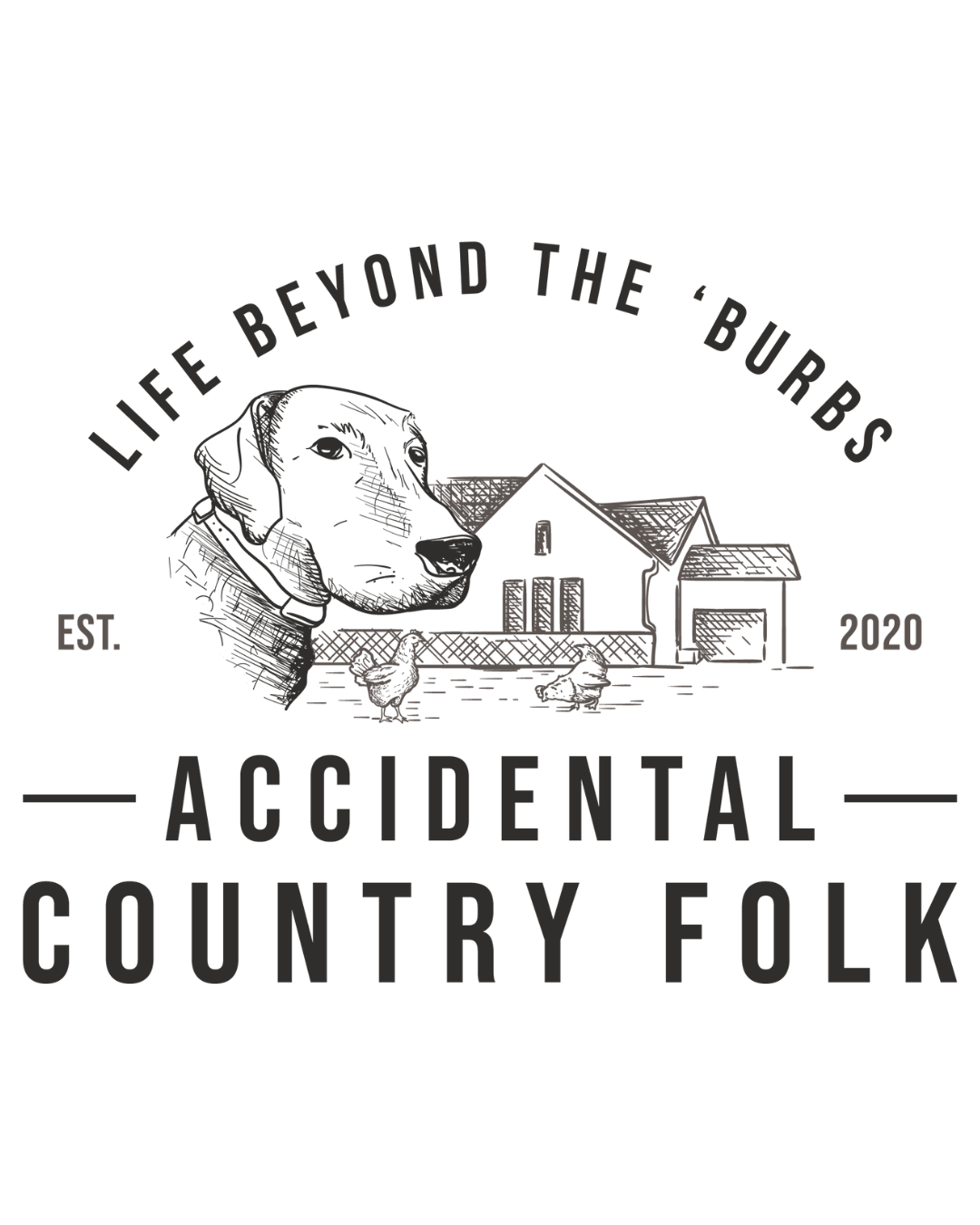The Core: Fine Arts
Are you drawn to art museums? Do you become easily engrossed in classical mu sic? How frequently do you read a novel written over a century ago?
sic? How frequently do you read a novel written over a century ago?
Though I engage in art, enjoy the symphony from the confines of my home, and read stories such as those from Heritage History, I have to admit that I have to drink my protein shake before hand.
Enjoying the fine arts requires more work, for some of us, the less refined some of us. {grin}
What is Fine Arts?
According to The Core,
The fine arts cover a wide range of activities, and is still commonly recognized that the mastery of processes and basic tools leads to the production of beautiful creations. (Bortins 199)
According to Wikipedia fine arts is listed as,
Fine art or the fine arts, from the 17th century on, denote art forms developed primarily for aesthetics and/or concept, distinguishing them from applied arts that also have to serve some practical function.
Historically, the five greater fine arts were painting, sculpture, architecture, music and poetry, with minor arts including drama and dancing. Today, the fine arts commonly include the visual art and performing art forms, such as painting, sculpture, collage, decollage, assemblage, installation, calligraphy, music, dance, photography, conceptual art, and printmaking. However, in some institutes of learning or in museums fine art, and frequently the term fine arts (pl.) as well, are associated exclusively with visual art forms.
Thus you could say, then, that the following Lego movie acted, filmed and produced by the Engineer and sons, is modern fine art. {another sly grin}
Why Drawing is Valuable
Drawing can be glorified copying. And we know that copying (not plagiarism) is a valuable tool to study quality work, be it art, writing, or music, etc. “Drawing is an important communication tool, hence its emphasis in the classical model.” (Bortins 200)
Suggested Art Books (I own all of these)
- Ed Emberley Art Books
- Drawing with Children by Mona Brookes
- ARTistic Pursuits
- I Can Do All Things by Barry Stubbing
Painting Teaches Color
Leigh Bortins made me see value in allowing my children to get out the paints, though Leigh herself does not focus on teaching the grammar of painting to her children.
While drawing teaches children to position their paper properly, observe the basic shapes, and patiently sketch even complex designs, paint and other mediums teach us to use color and texture. (Bortins 201)
Suggestions for incorporating paint in your curriculum
- Discovering Great Artists by MaryAnn Kohl and Kim Solga
- Getting to Know the World’s Greatest Artists series
- The World’s Greatest Artists by Erica at Confessions of a Homeschooler
- Visit art museums
- Find an art exhibit or art fair
Bless those Ears: Classical Music
Enjoying classical music has NEVER been a struggle for me. In fact, while in college classical music was a solace to me. It provided inspiration as I wrote stories and crafted essays for my Literature coursework.

While there is a massive amount of grammar to know in the field of music, having a simple foundation can take you a long way to appreciating this pervasive art form. For this reason, yours truly is going to be teaching tin whistle this year to her children . . . and folks that will a YouTube video you won’t want to miss!
Crash Course in Music
- Classical Music for Dummies
- Tone Note Music
- I would be remiss if I failed to mention that taking the time to read and memorize nursery rhymes if valuable to appreciating music.
Some Drama is Good for Your House
At this point, taking about drama makes me feel like I am stepping out of my comfort zone. I have never acted on the big stage. I typically only do small performances. Like a monologue in front of my children.

Don’t be shy. After dinner, produce a play with your children. Visit your community theater. Find some puppeteers.
Let Me Mention Athletics
The Bible commands us to take care of our bodies. While the Engineer wakes up at 4:45 AM to workout, I choose to hurdle my children as I attempt to follow an exercise video in the afternoon.
We have intentionally chosen to not have our children involved in sports continually throughout the year and often choose non-competitive leagues. Our heart is for our children to understand the rules of the game, get along with their teammates, and improve coordination.
We even create our own sports. {ahem}
BUT we do not want to have a home environment that makes family dinners obsolete and the children’s activities the focus of our family life. We often enroll them in the YMCA youth programs. They all attend a class at the same time or we have one child in a sport at a time while the other two cheer on the sidelines.
To read previous discussions of The Core head on over to my Classical Education page.
A Special Gift for My Readers
I invite you to check out Heritage History, a website offering an amazing amount of classical literature at a REASONALBE price. With the purchase of any Heritage History curriculum you will receive the entire Spanish Empire Library (a $19.99 value) using the discount JODIskill.
ANY purchase — now until Aug. 31 enters you into drawing for Kindle fire to be awarded early September. Additionally, Heritage History is now offering a free monthly download!

Don’t forget to enter the Thirty One giveaway. Win a $25 gift certificate and get that bag to hold all of your school books by subject!

Love this post, Jodi! My son and I watched the LEGO video with great interest… that 11 seconds took a lot of work, we know!
You offer so many great suggestions here.
Yeah, the spent a good part of the afternoon working on it. It was so cute to watch the Engineer make it!
Fine arts is something I really want to work at getting into our schedule this year. I’m thinking about getting the Heritage History Young Readers collection, since we’re not doing any history study outside of the Ambleside suggested books. Any idea how it compares? Also, how often do you do fine arts in a week?